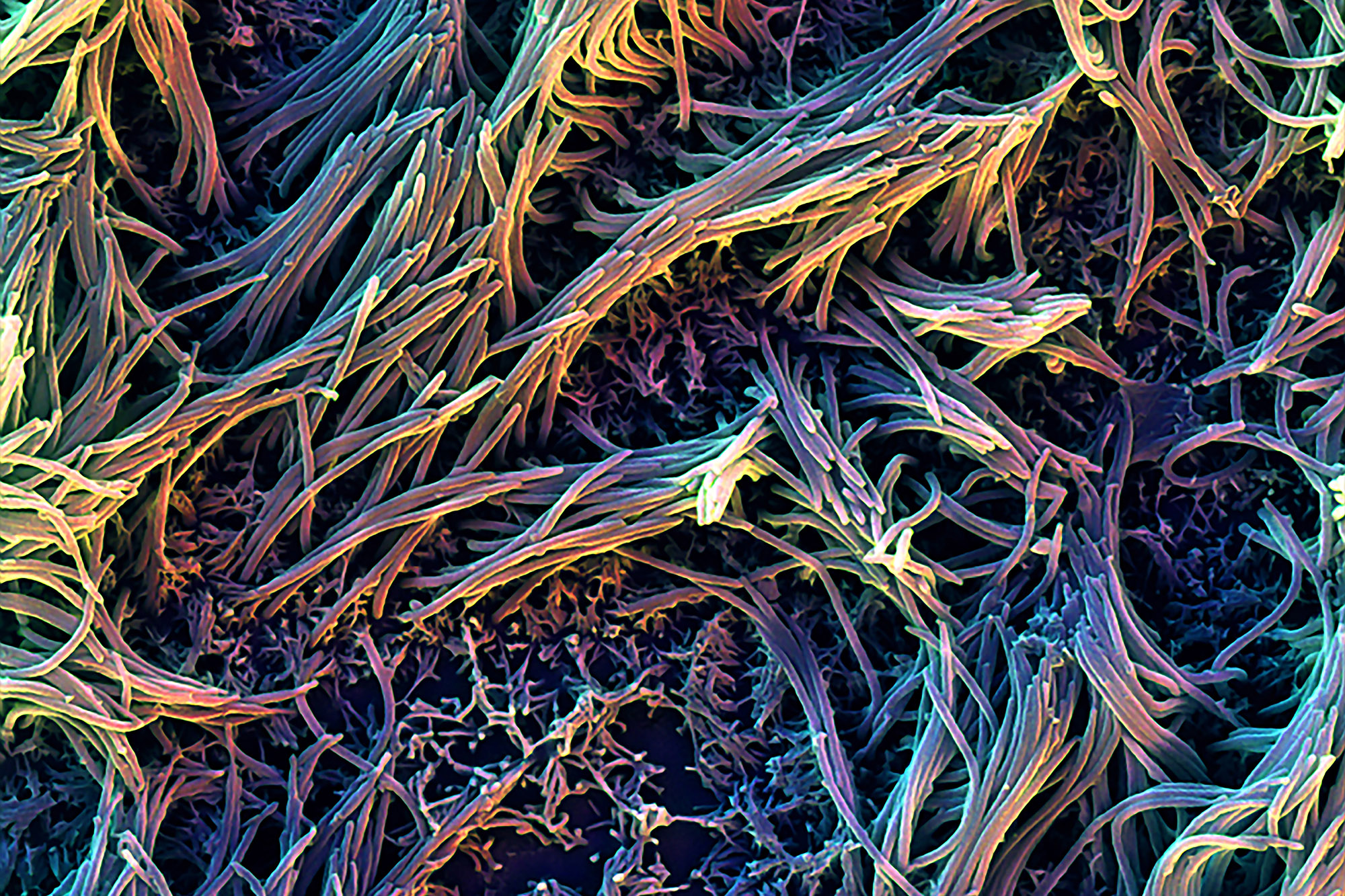A webinar, sponsored by Emulate and Genetic Engineering & Biotechnology News, took a hard look at the models academia, government, and pharmaceutical entities are using to study drug toxicity and how Emulate Organ-Chips, also called microphysiological systems (MPS), are producing promising results.
While two-dimensional cell studies and animal models provide useful information, they fail to fully replicate the complexities of human biology. In rare cases, they even miss lethal toxicities. One horrific example is fialuridine, a hepatitis B medication that killed five study participants in 1993. Preclinical animal models failed to catch the drug’s effects on human livers.
“The real problem is animal models don’t predict human response,” said Donald Ingber, MD, PhD, Founding Director of the Wyss Institute for Biologically Inspired Engineering and an Emulate co-founder and board member.
In addition to the risk to patients, poor models have helped create a slow and expensive drug development process, in which new medicines can take 15 years and $2 billion to develop and 90% of new drug applications ultimately fail.
For these and other reasons, researchers and drug developers are exploring how to make pre-clinical drug testing more human-relevant and believe Organ-Chips are necessary complements for other cell and animal models to provide more accurate safety and efficacy readouts.
Organ-Chip Technology is Different
Emulate Organ-Chips are designed to better replicate specific biological environments. They can include tissue-tissue interfaces, blood flow, immune cell interactions, microbes and mechanical forces.
This mechanical stimulation is a critical element, helping organize various tissues, noted Nathalie Sauvonnet, PhD, Research Director at Institut Pasteur. While studying the shigella pathogen, Dr. Sauvonnet was having trouble replicating the bacteria’s activity in a dish. However, an intestine-chip gave her team new insights.
“We could reproduce the activity of shigella as seen in the human patient,” said Dr. Sauvonnet.
William Proctor, PhD, Senior Director for Predictive Toxicology and Safety Assessment at Genentech, discussed how Organ-Chips have the potential to reduce the need for animal models. In addition to their inability to replicate drug toxicities in humans, animals are expensive to nurture. The industry is eager to find alternatives.
Genentech has developed its own core facility (the Complex In Vitro Systems Laboratory) to advance Organ-Chips. “We know this is transformative technology,” said Dr. Proctor. “How we get there in drug discovery and development is tailored to each organization, but also how quickly we can get comfortable doing this internally.”
The Many Applications
Tyler Goralski, PhD, is testing MPS for chemical and biological defense. Dr. Goralski is a research biologist at the US Army’s DEVCOM Chemical Biological Center. He believes MPS can help him assess chemical agents before going into in vivo models.
Speakers highlighted a wide variety of other MPS applications. Luke Dimasi, Senior Director of Product Management at Emulate, outlined their work using the Emulate Colon Intestine-Chip to study inflammatory bowel disease.
Jordan Kerns, Director of Biological Science at Emulate, noted how Organ-Chips can provide better safety and efficacy data for T-cell bispecific antibodies – an exciting but potentially risky therapy.
Another session described how neural chips can help dissect the mechanisms that make the brain a fertile place for Alzheimer’s and other neurodegenerative diseases. Anna Herland, PhD, Associate Professor, Biohybrid Systems at Kungliga Tekniska Högskolan and Karolinska Institutet, discussed how combining neural chips with induced pluripotent stem cell-derived endothelial cells, pericytes, astrocytes and neurons provided new insights into the crosstalk between brain cells and the blood brain barrier.
Overall, the symposium painted a bright picture of how Organ-Chips can provide better safety and efficacy data to drive more efficient drug development. In particular, detecting toxicities that might go undiscovered using more traditional models.
To drive that point home, Lorna Ewart, Executive Vice President of Science at Emulate, noted that current MPS technology would have caught fialuridine toxicity before it was administered to patients, avoiding a tragic outcome. In case you missed the must-view event, you can watch it here.




